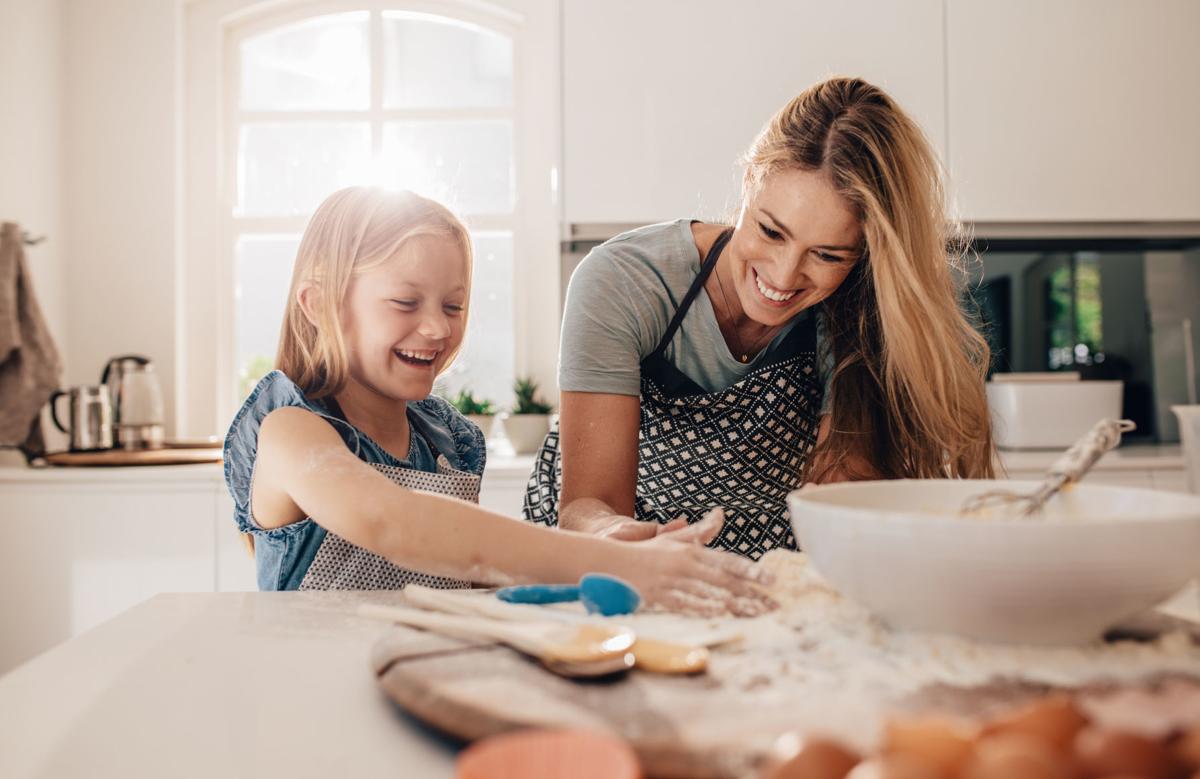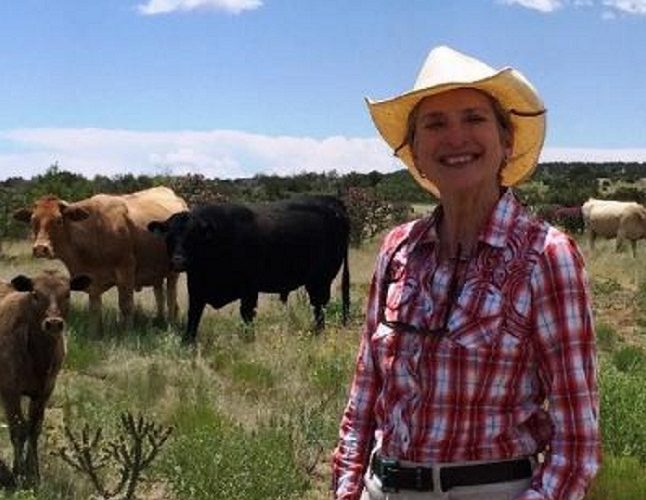Kids learn to cook: is it fun or a worthwhile activity?

Molly Birnbaum, editor in chief of America’s Test Kitchen Kids speaks on ‘The complete cookbook for young chefs. 100 recipes that you’ll love to cook and eat’.
Eight-year-old Lucy Gray, who lives in suburban Maryland, is thrilled because she will be cooking today with Molly Birnbaum, editor in chief of America’s Test Kitchen Kids.
America’s Test Kitchen has long been a reliable source of advice for home cooks.
Birnbaum: Yes, it’s really so. A remarkable thing is that we test tools, techniques and recipes before making recommendations through our TV show, magazines and cookbooks. Now, all that know-how is becoming accessible to kids in The Complete Cookbook for Young Chefs.
The book has lots of fine recipes.
Birnbaum: O yes, there are more than 100 recipes for foods that kids love to eat: blueberry muffins, cheese quesadillas, creamy dreamy tomato soup, sesame noodles with snow peas and carrots, chocolate mug cake. I’m going to show Lucy today how to bring one of these yummy recipes to life.
Lucy: I’ve chosen “One Pot Pasta with Quick Tomato Sauce.” I’ve helped with cooking in the past, but this is the first time I’ll prepare a main dish by myself.
Birnbaum: Before cooking, I advises you to assemble all of the ingredients. For this recipe, we’ll need olive oil, crushed tomatoes, onions, penne, basil, parmesan and seasonings.
Lucy: I see some unfamiliar terms there. They are even difficult for me to pronounce.
Birnbaum: You see, cooking comes with its own foreign language: There are many words in these recipes that you just don’t know until you’ve cooked a lot.
That’s why the cookbook has a section at the beginning called “Decoding Kitchenspeak.” It explains terms like “whisking” and “zesting,” explains the difference between chopping and slicing, mincing and peeling, stirring and beating. The cookbook has lots of photographs of tools and equipment, and explains common techniques like how to crack and separate an egg. Our cookbook also emphasizes safety, because it is an important secret to success in the kitchen.
Lucy: Please show me how to hold a knife while chopping an onion so that my fingers will be tucked safely away from the sharp edge. I love the way the onions glisten as I stirs. They’re beautiful.
Birnbaum: I’m glad you love cooking. It’s really interesting. Next, let’s add the canned tomatoes. We don’t use fresh tomatoes in this recipe because we want it to work year-round, even when tomatoes are out of season.
Lucy: We haven’t yet used the salt we’d placed in this small dish while assembling ingredients. Are we to put the salt in now?
Birnbaum: Yes, Let’s put it in right now. You see, it’s OK to make mistakes when cooking.
For kids, mistakes may be part of the process, and we really embrace them. I think, doing a good technique and taking your own spin on it, even if it results in a mistake, is an awesome way to learn how to cook.
This recipe is interesting because the pasta isn’t cooked separately, it’s added with water into to the simmering tomato sauce.
Lucy: Is it all right that there is too much water.
Birnbaum: Yes, it’s the perfect amount, it’ll be soaked up by the pasta during the cooking process.
These recipes seem to work for adults, as well.
Birnbaum: Quite agree. These recipes, like a lot of others in the book, would also work for adults looking to cook something quick and delicious. I cook from this cookbook all the time. And I don’t have kids 8 to 13!
Lucy: The pasta’s ready. It’s time to add the basil and grate Parmesan cheese over each portion, isn’t it?
Birnbaum: Yes, please do it. You’re just great! Good job!
Lucy: I’m glad my 12-year-old sister, Kate, digs in. She finds our pasta tastes so yummy! I’m so happy I learn to cook. Shall we also make dessert now!
Their dad, Paul: (smiling) I think, this is going to be in our rotation, especially when the kids cook it.



































